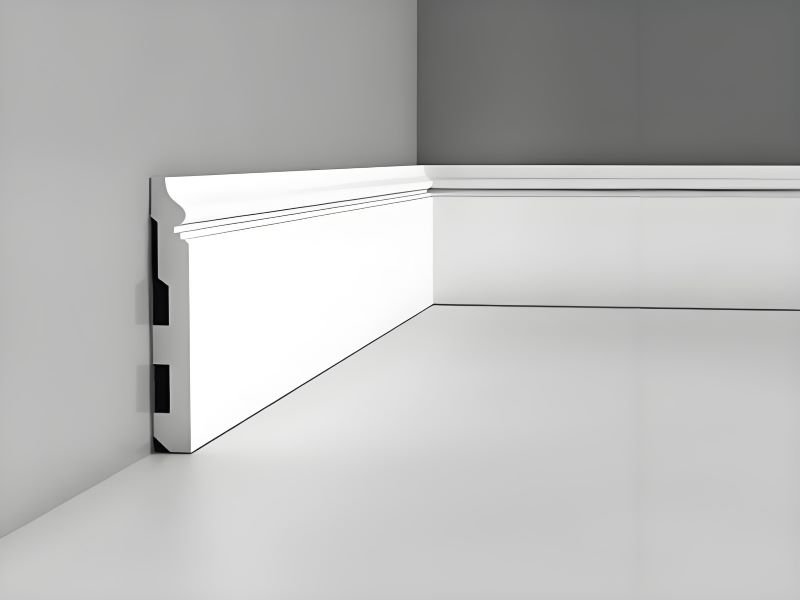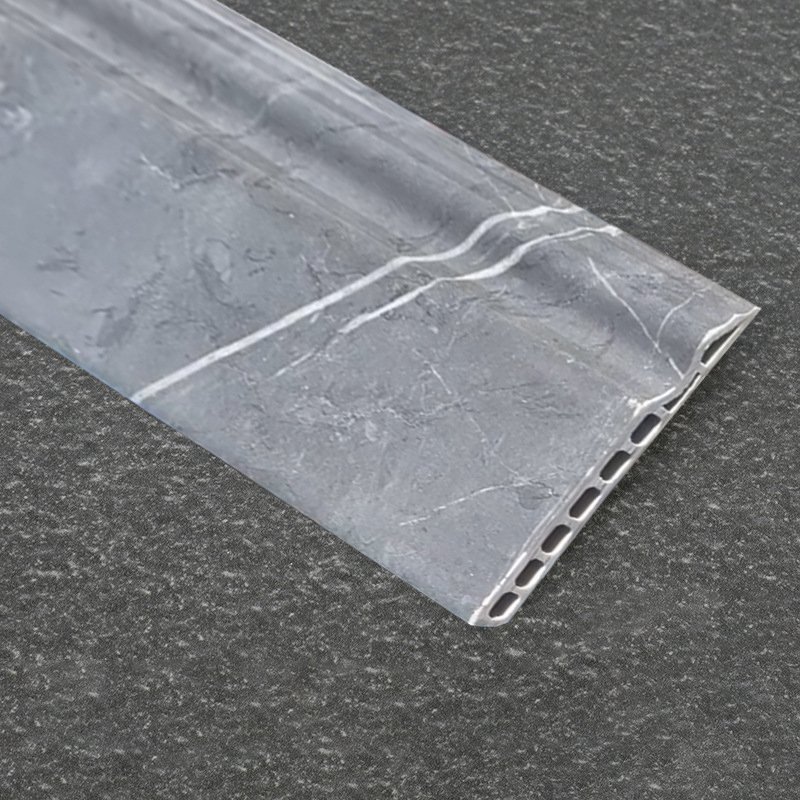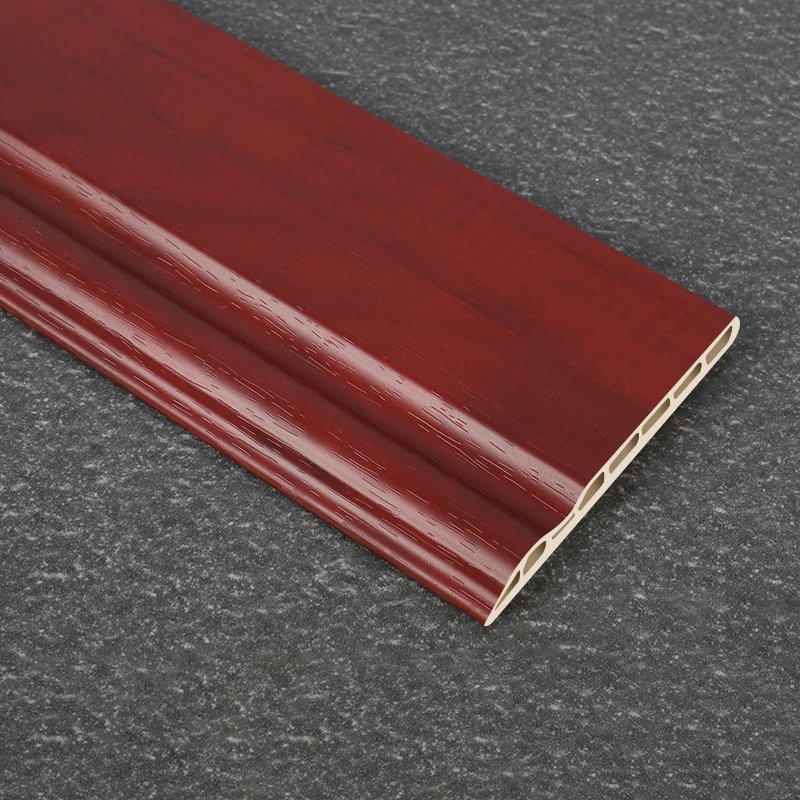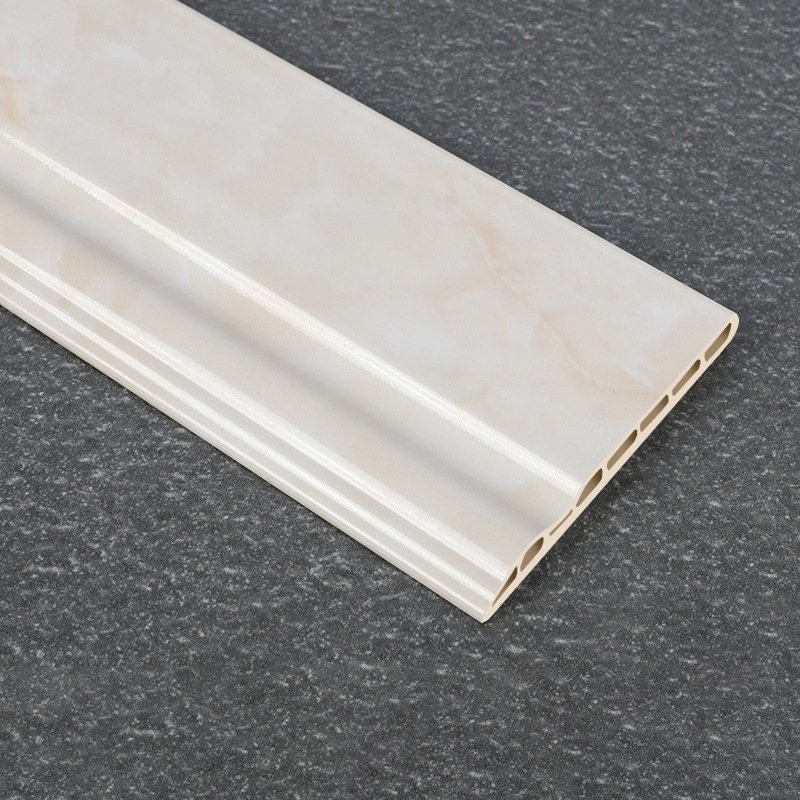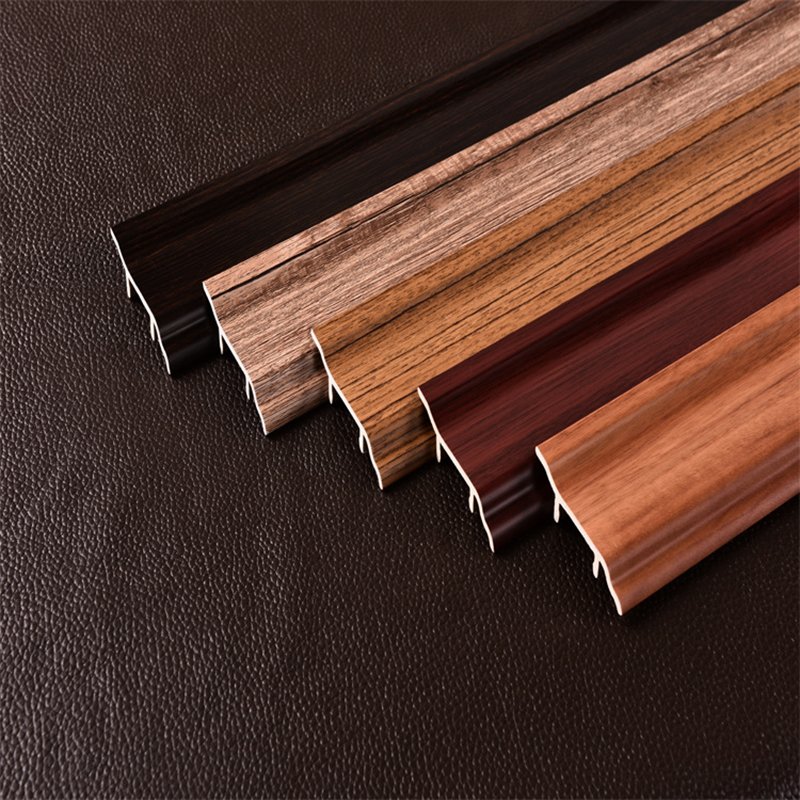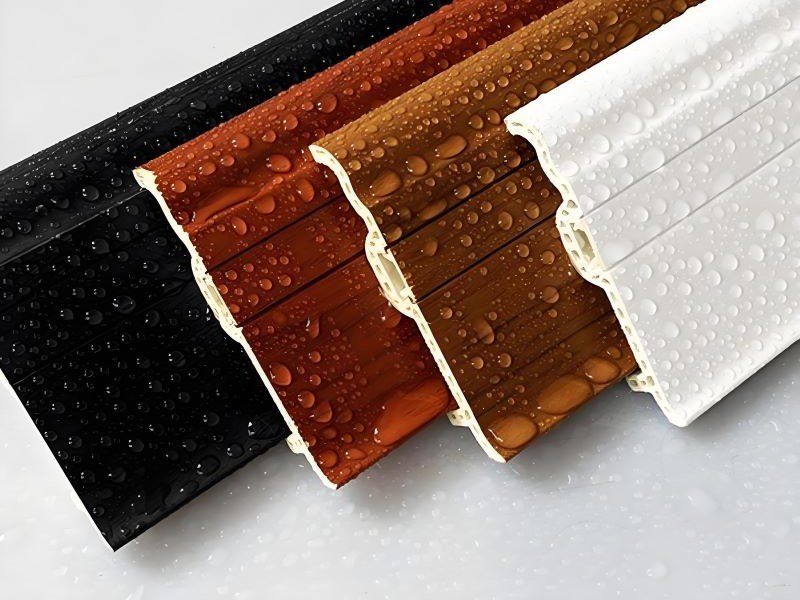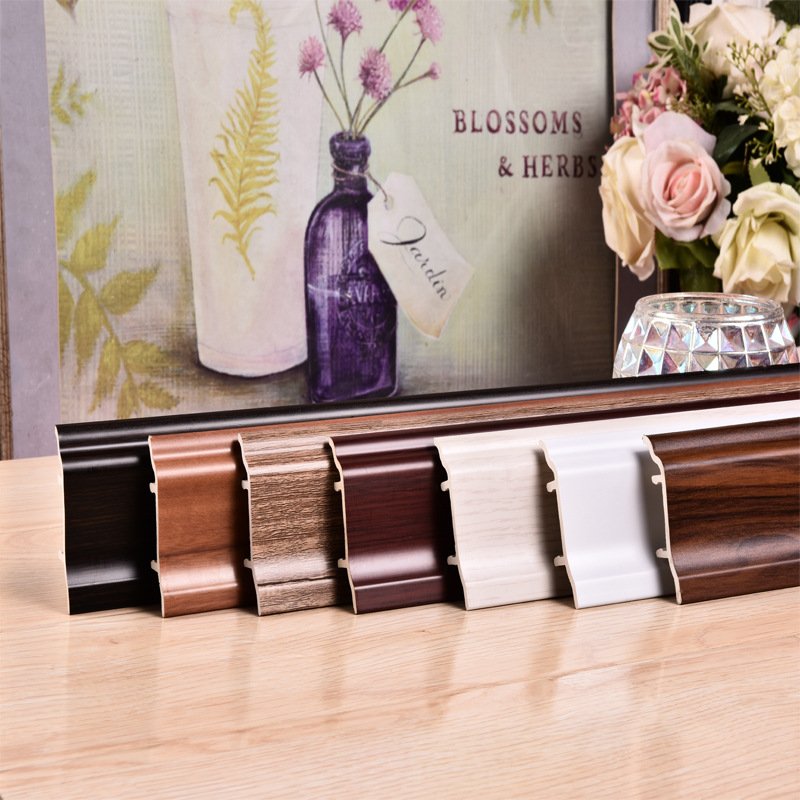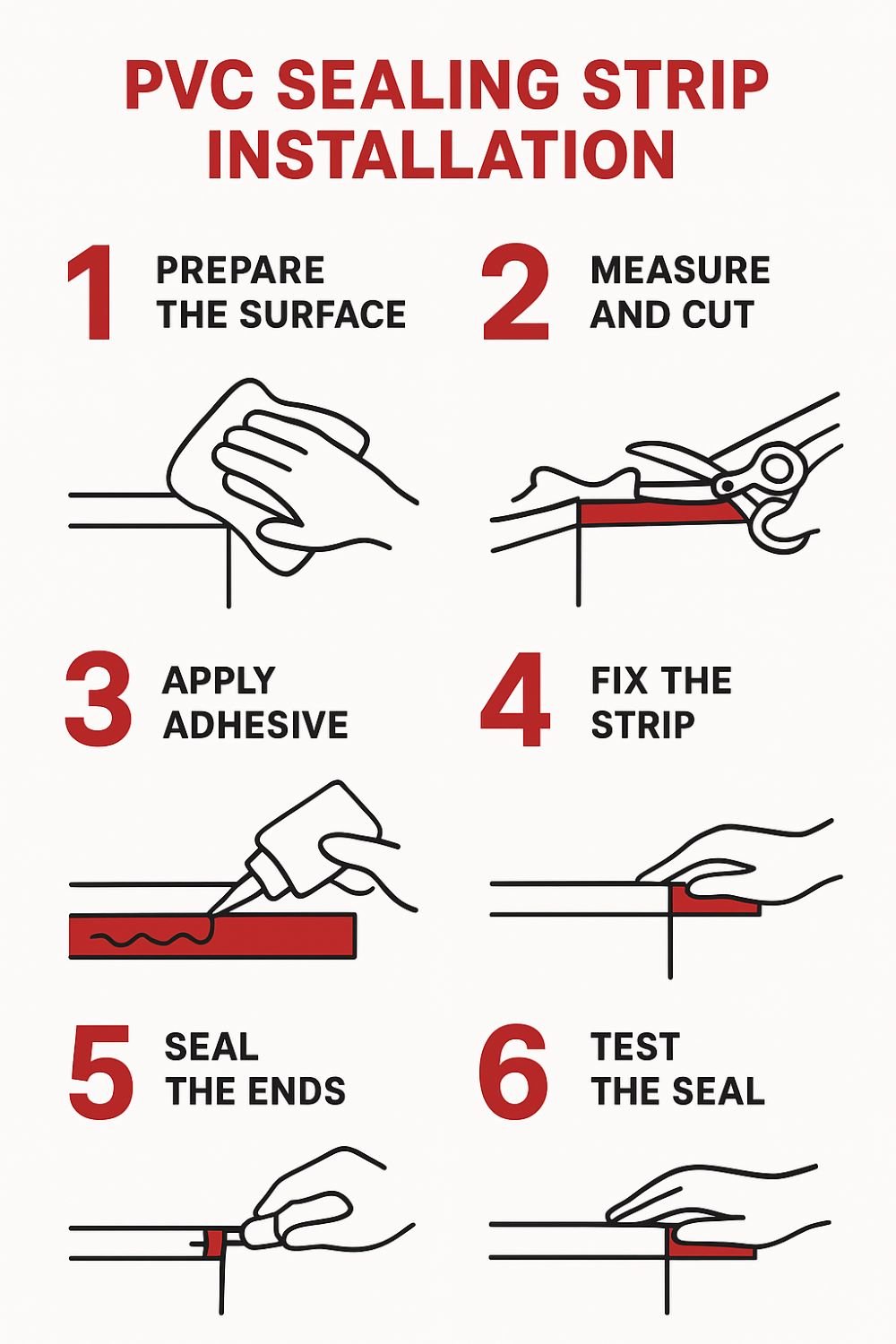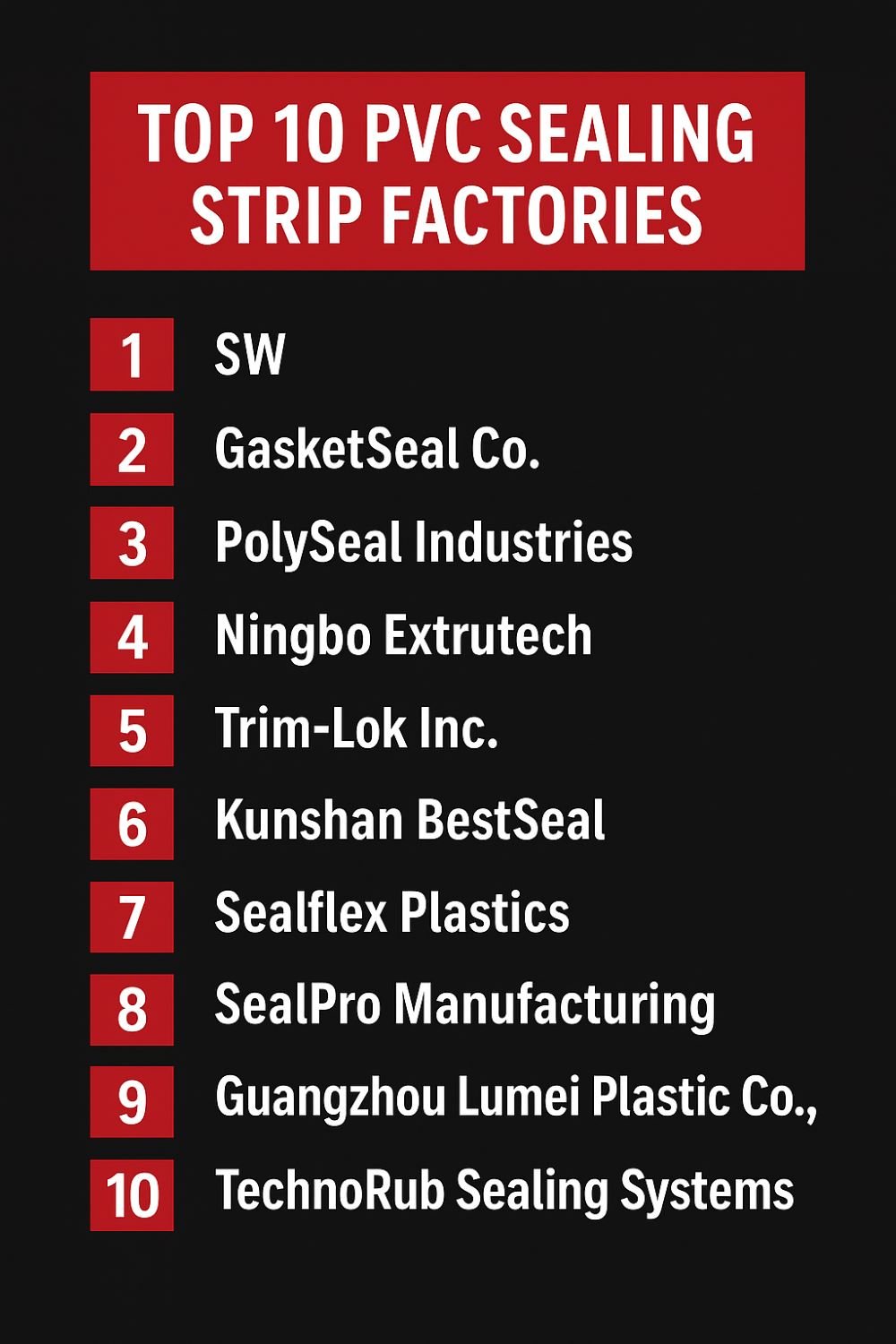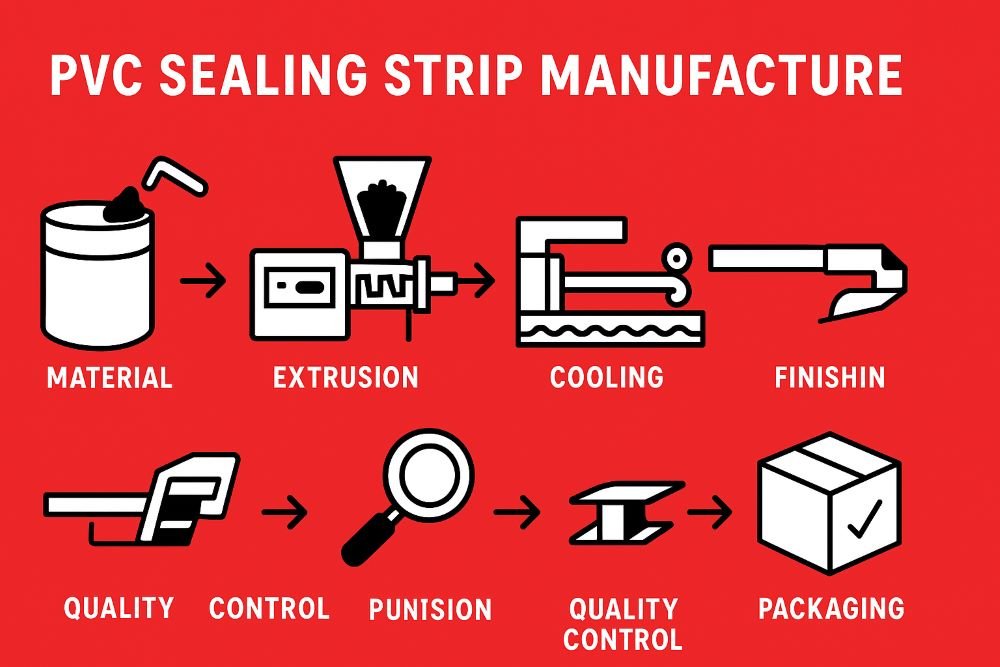When designing or renovating an interior, one of the most overlooked yet essential elements is the skirting board. Also known as baseboards, skirting boards serve as both a functional and aesthetic finishing touch in homes, offices, and commercial spaces. They protect walls from damage, conceal uneven edges, and add decorative value to any room. With a variety of materials available on the market, choosing the right skirting board can feel overwhelming.
In this blog, we will explore the most common skirting board materials—including PVC, MDF, wood, aluminum, and more—highlighting their features, advantages, drawbacks, and typical applications. Whether you’re a homeowner, contractor, or designer, understanding these material options will help you make the best decision for your project.
At SW, a professional extrusion factory with 20 years of experience manufacturing PVC skirting boards, we know how crucial it is to choose the right material. Let’s dive into a complete comparison.
Why Skirting Boards Matter
Before comparing materials, let’s briefly look at the functions of a skirting board:
Wall Protection: Shields the lower wall from impacts, furniture scuffs, and cleaning damage.
Aesthetic Appeal: Provides a finished transition between wall and floor.
Cable Management: Certain types of skirting boards allow concealed wiring.
Concealing Gaps: Hides imperfections between flooring and wall edges.
Because skirting boards serve both practical and decorative roles, the material you select plays a huge part in the overall success of your interior project.
Common Skirting Board Materials
1. PVC Skirting Board
Overview
PVC (polyvinyl chloride) skirting boards are among the most popular modern options. Manufactured through extrusion, PVC boards are lightweight, waterproof, and highly versatile.
Advantages
100% waterproof and termite-resistant.
Durable against daily wear and tear.
Easy to clean with soap and water.
Available in many finishes (wood grain, marble effect, solid colors).
Cost-effective compared to natural materials.
Perfect for humid environments like kitchens and bathrooms.
Disadvantages
Not as luxurious as natural wood.
Limited in high-heat applications (PVC may warp under extreme heat).
Applications
Residential homes (living rooms, bedrooms, kitchens).
Commercial offices.
Hotels, hospitals, and retail stores.
Anywhere moisture resistance is required.
As a PVC skirting board factory, SW offers standard and custom solutions to fit different design preferences.
2. Wooden Skirting Board
Overview
Wood is the most traditional skirting board material, valued for its warmth and natural beauty. It is often chosen for classic and luxury interiors.
Advantages
Timeless and elegant aesthetic.
Can be stained, polished, or painted.
Highly customizable in profiles and designs.
Disadvantages
Expensive compared to PVC or MDF.
Vulnerable to moisture, termites, and warping.
Requires periodic maintenance.
Applications
Luxury homes and villas.
Traditional or vintage-style interiors.
Spaces where natural aesthetics are a priority.
3. MDF Skirting Board
Overview
MDF (medium-density fiberboard) skirting boards are engineered from wood fibers bonded with resin. They are a cost-effective alternative to wood.
Advantages
Smooth, consistent surface for painting.
Affordable compared to hardwood.
Easy to cut and install.
Disadvantages
Not moisture-resistant unless treated.
Less durable than PVC or aluminum.
Susceptible to swelling in humid environments.
Applications
Budget-friendly projects.
Dry interior spaces like bedrooms or offices.
Painted finishes where flexibility in color is required.
4. Aluminum Skirting Board
Overview
Aluminum skirting boards are a modern option that offers durability and sleek aesthetics.
Advantages
Strong and resistant to impact.
Moisture-proof, rust-proof, and termite-proof.
Contemporary design appeal.
Disadvantages
More expensive than PVC or MDF.
Limited style options compared to wood or PVC.
Applications
Commercial buildings and offices.
Modern residential interiors.
High-traffic areas needing durability.
5. Stainless Steel Skirting Board
Overview
Stainless steel provides a very durable, industrial option for skirting boards.
Advantages
Extremely strong and long-lasting.
Resistant to moisture and chemicals.
Suitable for industrial or modern minimalist designs.
Disadvantages
High cost.
Cold and less inviting aesthetic.
Limited color/design flexibility.
Applications
Industrial facilities.
Modern loft-style apartments.
Kitchens and hospitals where hygiene is critical.
6. Acrylic Skirting Board
Overview
Acrylic skirting boards are less common but used in decorative modern interiors.
Advantages
Glossy, sleek surface.
Lightweight and easy to install.
Moisture-resistant.
Disadvantages
Can scratch easily.
Limited durability compared to PVC or aluminum.
Applications
Decorative residential interiors.
Accent walls in commercial interiors.
7. Hybrid Skirting Board (PVC-Wood Composite)
Overview
A newer option combining PVC and wood fibers for improved durability and aesthetics.
Advantages
Better moisture resistance than MDF.
Natural wood look with PVC durability.
Easy maintenance.
Disadvantages
More costly than PVC alone.
Limited color variety compared to pure PVC.
Applications
Premium residential projects.
Hotels and resorts.
Comparison of Skirting Board Materials
| Material | Durability | Moisture Resistance | Cost | Aesthetic Options | Applications |
|---|---|---|---|---|---|
| PVC | High | Excellent | Affordable | Many finishes | Homes, offices, wet areas |
| Wood | Medium | Low | Expensive | Natural, elegant | Luxury, traditional |
| MDF | Medium | Low (unless treated) | Cheap | Paintable | Budget homes, offices |
| Aluminum | High | Excellent | Medium-High | Modern, sleek | Commercial, modern homes |
| Stainless Steel | Very High | Excellent | Very High | Industrial look | Hospitals, industrial |
| Acrylic | Medium | Good | Medium | Glossy, modern | Decorative walls |
| PVC-Wood Hybrid | High | Very Good | Medium | Wood-like finishes | Premium interiors |
How to Choose the Right Skirting Board Material
When selecting the best skirting board material, consider:
Environment – Wet areas (bathrooms, kitchens) are best with PVC or aluminum.
Budget – MDF is cost-effective, while wood or stainless steel are premium.
Design Style – Wood suits traditional interiors, aluminum fits modern, and PVC offers flexible designs.
Durability Needs – For high-traffic areas, PVC, aluminum, or stainless steel are best.
Maintenance – PVC and aluminum require minimal care, while wood needs regular maintenance.
Application Case Studies
Case 1: Residential Apartment
Living room with wooden skirting boards for elegance.
Kitchen and bathroom with PVC skirting boards for water resistance.
Case 2: Office Building
Aluminum skirting boards for durability in corridors.
PVC skirting boards in meeting rooms for cost-effectiveness.
Case 3: Hotel Interior
Guest rooms with PVC-wood hybrid skirting boards for luxury appeal.
Public areas with aluminum skirting boards for impact resistance.
Case 4: Industrial Facility
Stainless steel skirting boards in laboratories for hygiene and durability.
PVC skirting boards in staff rooms for easy maintenance.
The choice of skirting board material
The choice of skirting board material depends on factors like budget, design preferences, durability, and environment. While wood and MDF offer classic charm, modern options like PVC, aluminum, and hybrids provide durability and versatility.
At SW, we specialize in manufacturing PVC skirting boards through advanced extrusion technology. With 20 years of experience, we provide both standard and customized solutions to match residential, commercial, and industrial needs.
If you’re looking for a reliable partner in high-quality skirting board production, SW is your trusted factory. Contact us today to learn more about our range of PVC skirting boards and customization options.
We have a PVC pipes factory of skilled engineers ready to support you in your product development journey from idea design to production.Any ideas about your product you can contact us freely,and our engineers will get back to you with a quote asap. Whatsapp +86 188 2072 7151
Who is Shuowei?
Since 2006, Shuowei is a professional extrusion profiles factory based in Guangdong, China. There are total about 51-100 people in our office. Shuowei PVC extrusion factory is committed to the design and production of extruded profiles, such as PVC pipes, PE trunking, PVC skirting line. Since its inception, we have won the wide recognition of the market and the deep trust of customers with our ingenious design, exquisite technology and the ultimate pursuit of quality.
Are you a manufacturer or a trader?
We are a Chinese top PVC extrusion profiles manufacturer and our factory is located in Huizhou. Our factory has a 16,000㎡ production base, 5+ automated extrusion profiles production lines, an annual production capacity of 30,000 tons, and serves more than 500 customers worldwide. Welcome to visit our factory!
What is your product range?
We pecialize in the design and production of high quality extrusion profiles,such as PVC pipe, ABS extrusion, PC lampshades, PVC skirting lines, PP trunking, PE profiles…
How long does the custom development process take?
We support custom extrusion products. The usual process has 4 steps: demand confirmation → 3D design/proofing → test certification → mass production (cycle 3-8 weeks).
Do you have any international certifications?
We have passed ISO 9001, CE, RoHS, SGS and other certifications, and meet the mainstream standards of Europe, America, the Middle East and Asia

